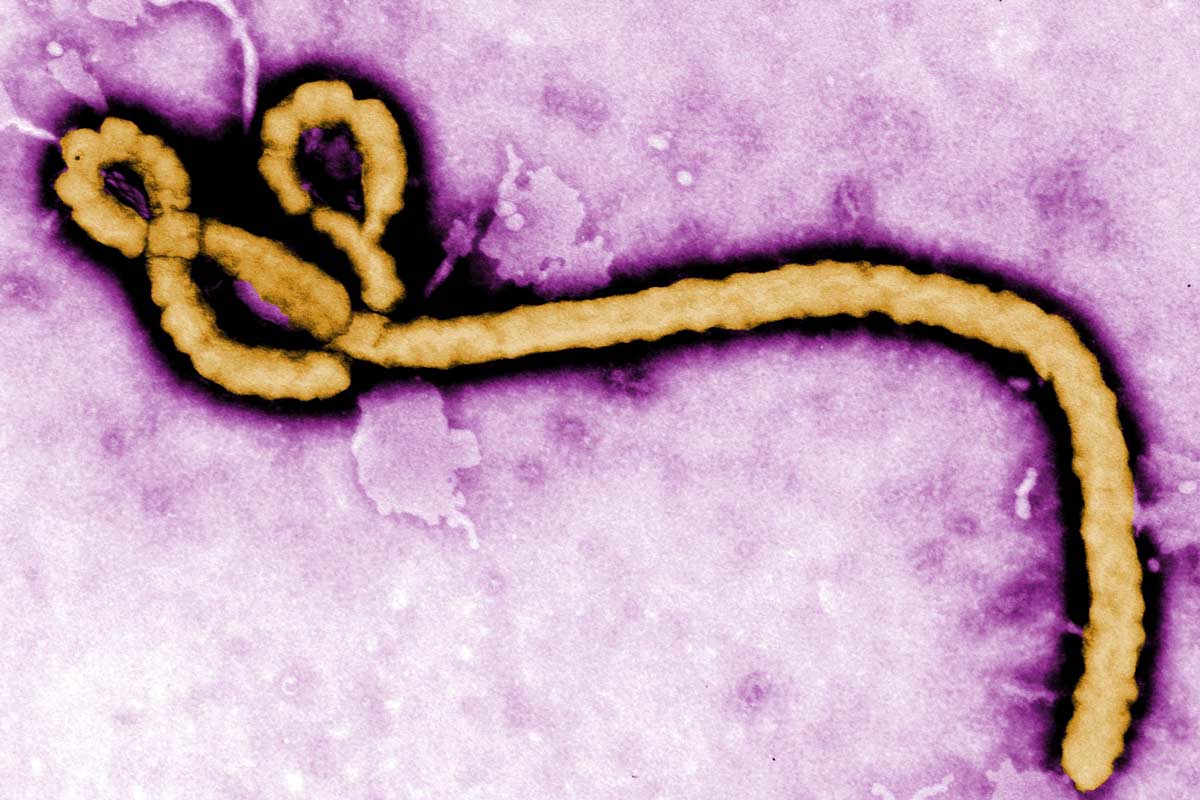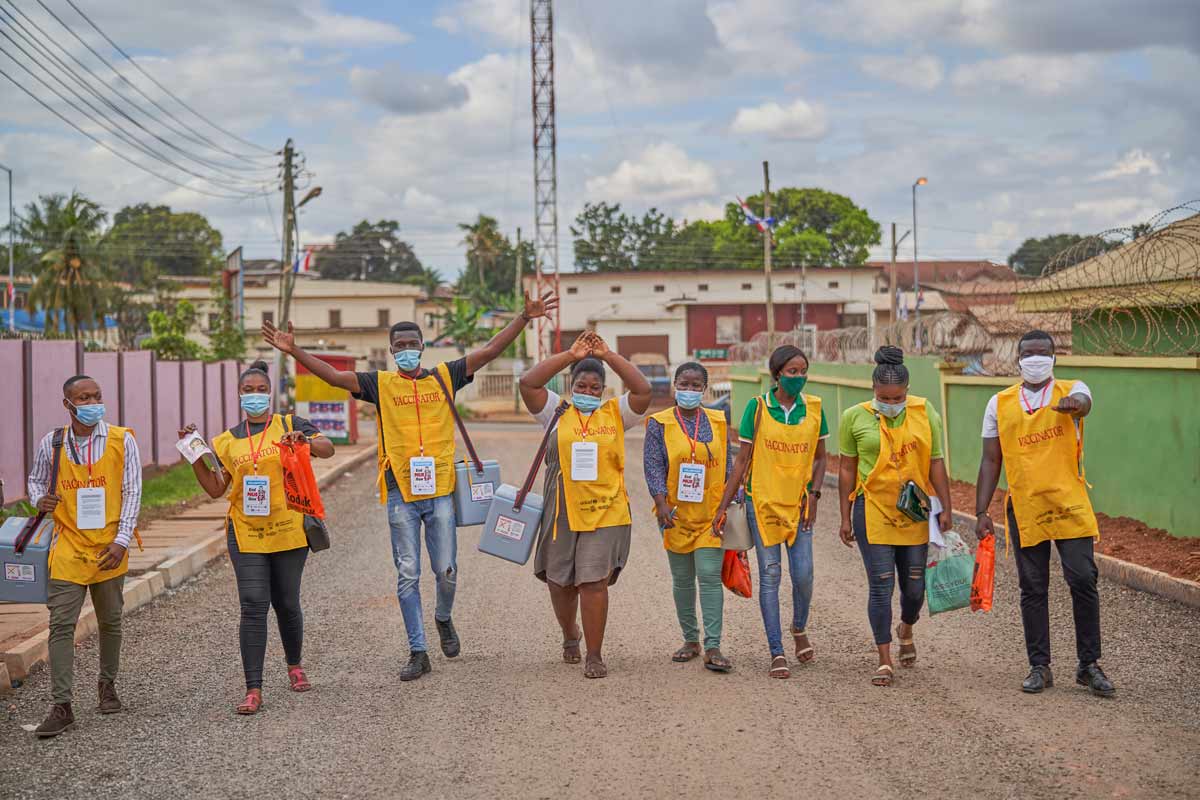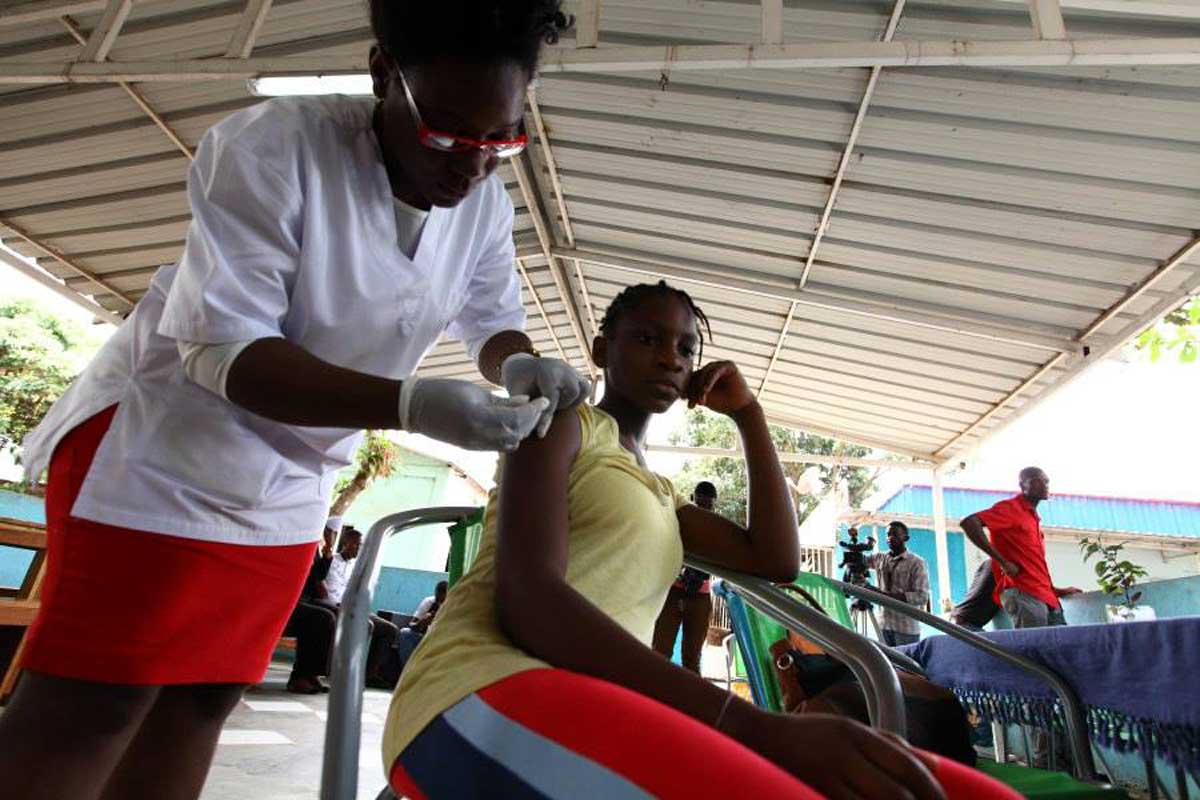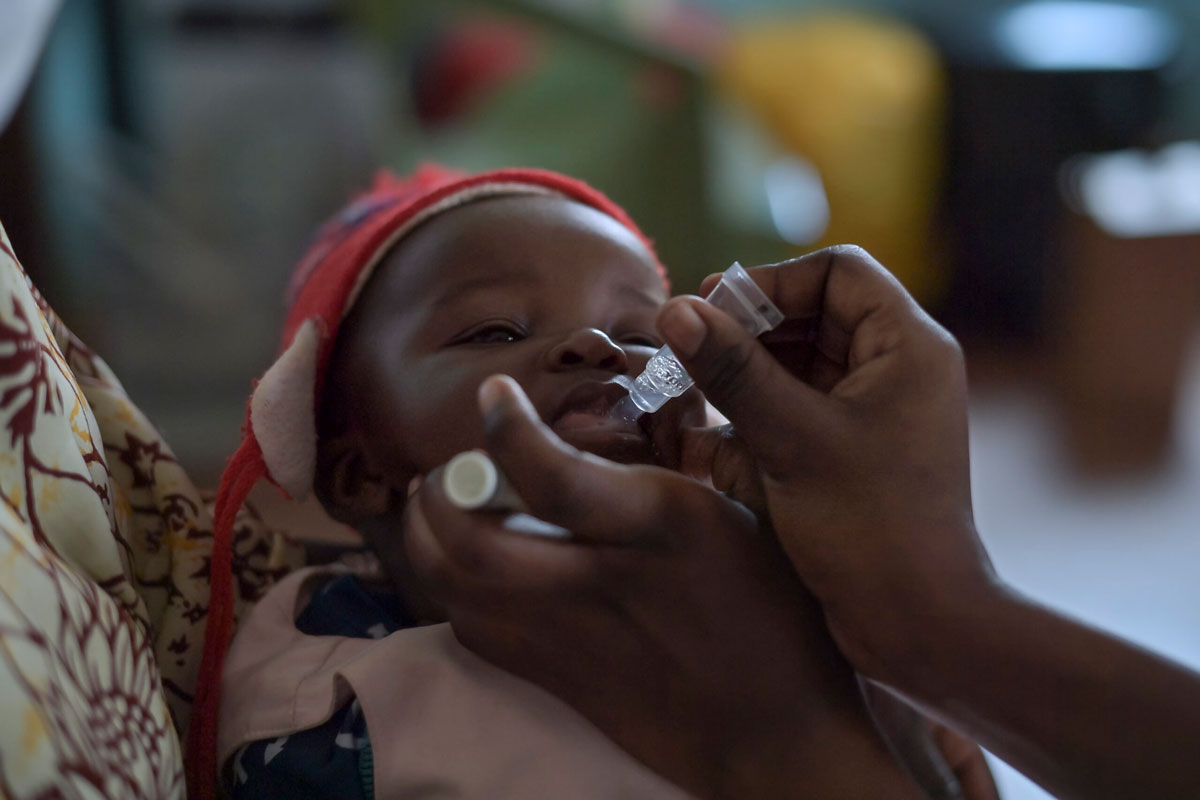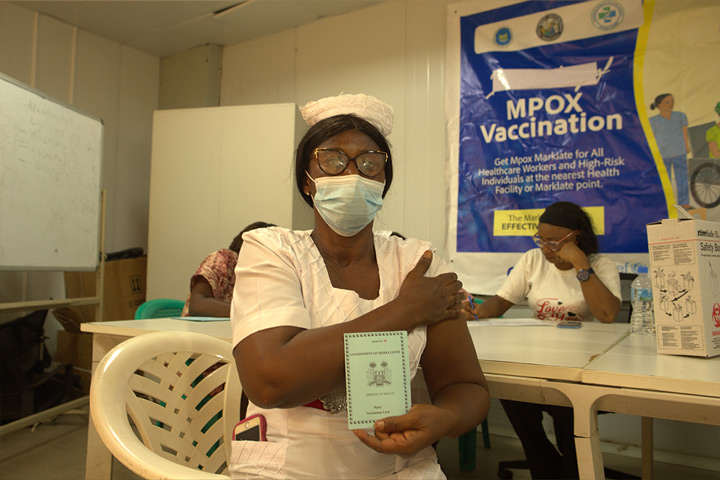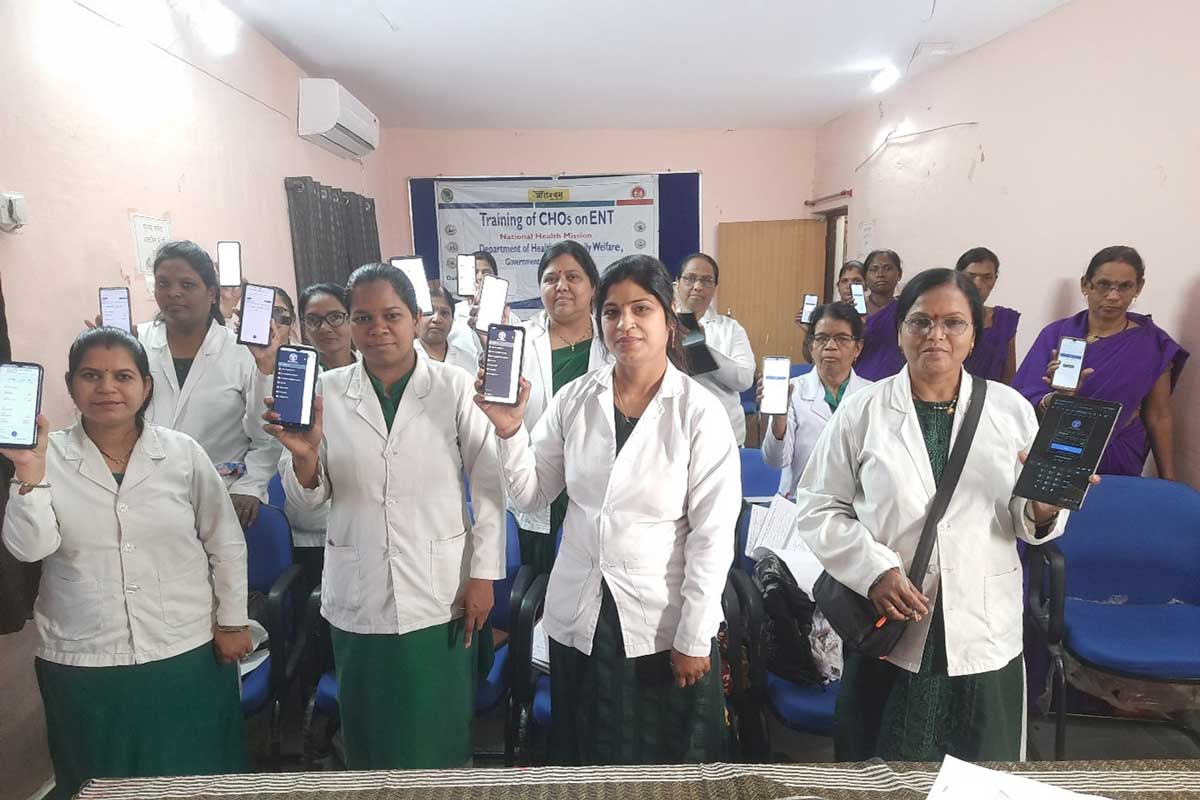How I conquered Everest after losing my limbs to meningitis
Andrea Lanfri lost both of his legs and seven fingers after contracting meningitis in 2015, but he has since built a new life as a Paralympic athlete and mountaineer. He tells Linda Geddes how he did it.
- 26 October 2023
- 5 min read
- by Linda Geddes

Describe your life before you caught meningitis.
Since I was a child, I have been passionate about the mountains and sports in general. I have always practised various disciplines, but my true passion was mountain adventures and climbing – I really liked the outdoors and travelling. Otherwise, I had a very normal life, working as an electrician in my own small company.
When did you catch meningitis and what were your initial symptoms?
I caught meningitis in 2015, when I was 29 years old. One morning I woke up very cold and I was very weak. I didn't have any particular symptoms, such as a headache or stomach ache. I only remember this great tiredness and a slight pain in my feet when walking.
By around 16:00, my temperature was 43°C, so I called the telephone medical service and they diagnosed the disease, because the first necroses were appearing on my body, especially on my feet. They immediately took me to hospital in an ambulance. I had – a type of blood poisoning – caused by meningococcal group B bacteria.
When did you realise that you were going to lose your legs and fingers?
After a month and a half in a coma I woke up in hospital and didn't really understand why I was there. I wasn't clear on the reason. Then it was explained to me.
At that point, I was all in one piece: the doctors hadn't amputated, and I had all four limbs bandaged. I remember that I couldn't move them, and even though I was very sedated, the pain was very strong. I was in this condition for a few months, where every morning the nurses treated me and by removing the bandages from my limbs, I saw and understood that they would never go back to the way they were before. In the last few days, the pain was so bad that my desire was to cut them off, and when this happened it was a relief for me. I wasn't sad, I was convinced that I would find solutions, sooner or later.
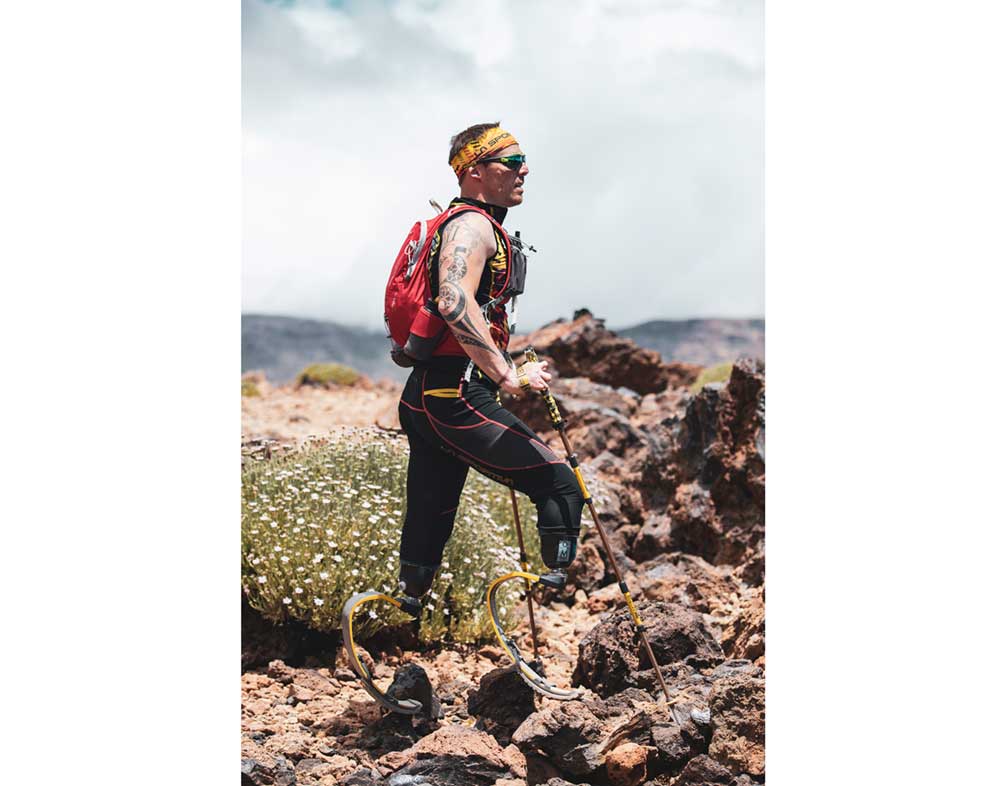
Credit: Ilaria Cariello
How did you go about rebuilding your life once you left hospital?
I had to relearn how to do everything from the beginning: to write, to eat, to walk. But I immediately saw this as a challenge to get back to my life. I never gave up even when I fell: I got up and tried to understand from those falls what I did wrong.
What were the biggest physical and mental challenges you had to overcome?
Using prosthetics is not like wearing a pair of shoes; it requires much more effort and balance. There is a lot of work behind it: preparation, adaptation and acceptance on a mental level. I have never seen prosthetics as a negative thing, but as my "new feet" that allow me to continue living and achieving my dreams.
Why did you decide to take up running, and to compete as a Paralympic athlete?
Running was my rehabilitation. I didn't spend a single day in a rehabilitation centre, but by my own decision I did it through training and running. The races came later; it was a nice period, while I was waiting for the mountains to come back into my life.
Have you read?
What prompted you to start climbing mountains again, and did climbing in your prostheses present any new challenges?
Returning to the mountains was something very difficult, but that I very much desired: this is my passion, what I really like to do. I knew that my days in the mountains would return it was just a matter of time and training. Nowadays it's a bit of a challenge within the challenge, but that's why I like it and for me it's a reason to push further.
Why did you decide to tackle Everest?
Because it is symbolic of what I have always thought: that we mainly impose the limits on our lives, and that there are no impossible things. Through preparing and training, we can do things that we don't even think of.
What were the hardest moments on the Everest climb? What motivated you to keep going?
It was a lot of effort, but there weren'' really any difficult moments – or maybe I was so happy to be experiencing that adventure that I didn't even notice. I remember it as a unique life experience. I was highly motivated to achieve my goal – one I had been training and dreaming about for years.
What added support would you like to see made available for meningitis survivors?
Prostheses are so important to meningitis survivors who have experienced amputations. We must find a way to make them more affordable for people to buy and maintain.
Are you planning any new adventures?
Certainly. My current plan involves climbing all the highest peaks on the seven continents of Earth: he "Seven Summits". I'm currently only missing three of them. After that I will definitely go back to Nepal to try and climb another peak over 8,000 metres.
Andrea's story originally featured in Meningitis in your words, a digital collection of meningitis experiences from across the world published by the Meningitis Research Foundation.
